There are over 200 recognised breeds of chicken around the World but not all hens are equal in their laying ability so if you would like chickens for eggs, look at my top 10 laying hens below first. It is commonly accepted that all chickens decended from the Jungle Fowl. Pure breeds of chicken have been developed over many hundreds, even thousands of years from the Jungle Fowl (although science is still challenged by the Auraucana that lays blue eggs).
A Little History of Laying Hens
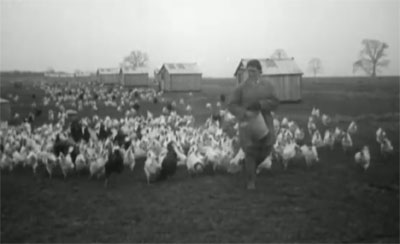 Before the First World War, ducks were the better egg layers and chicken breeds that layed 100 eggs or more per year were considered good layers. Most of the development of pure bred laying hens came after the Second World War when there were many laying trials and tests and it was common for breeders to ‘trap nest’ hens to record their individual output so that they could be used to produce further generations of laying hens.
Before the First World War, ducks were the better egg layers and chicken breeds that layed 100 eggs or more per year were considered good layers. Most of the development of pure bred laying hens came after the Second World War when there were many laying trials and tests and it was common for breeders to ‘trap nest’ hens to record their individual output so that they could be used to produce further generations of laying hens.
Development of the ‘Hybrid’
The developments with pure breeds were soon to be followed by hybrid (a cross of pure breeds) laying hens. There were millions of pounds spent during the 1950’s on creating hybrids that were not only capable of laying more eggs but also had a good feed conversion.
During this development, the parent flocks that created these hybrid layers were becoming a different ‘strain’ of their own because hens were selected for egg production rather than the way they looked.
Interestingly, duck eggs could have been on our breakfast table rather than chickens eggs… but they did not do well kept in confined conditions like chickens.
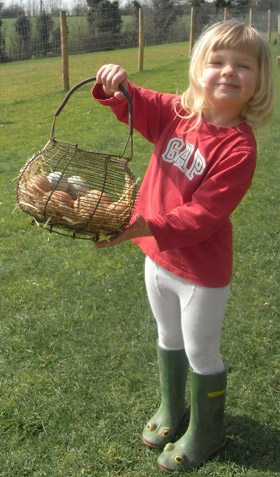 My Top 10 Chickens for Eggs
My Top 10 Chickens for Eggs
The following table lists my top 10 laying hens (a mixture of hybrids and pure breeds) and gives an estimate of the number of eggs they are capable of producing if kept in the right conditions.
Note that there are many different strains of hens from different breeders that will perform differently… egg numbers can vary on a number of other factors too, particularly with feeding and daylight levels.
Exhibition strains that have been closely bred are not usually selected for their egg laying performance. Try to purchase hens from a good ‘Utility Strain’. There are some breeders that advertise utility strains and the number of eggs they expect from their strain every year.
Hybrids are much more reliable at producing a given number of eggs and are bred mainly for this purpose.
1. Goldline (Hybrid)
The ultimate egg machine. This little commercial brown hen will lay up to 320 large brown eggs in her first year. They have a good feed ratio and are very similar to the birds used on farms to produce eggs for the consumer market. A very friendly bird that will be in your house if the door is left open!
2. White Leghorn (Pure Breed)
Small attractive birds with a good feed efficiency that lay up to 300 large white eggs in their first year. These are the standard commercial hen used in the U.S. for egg production (because white eggs are preferred). They can be quite flighty and can fly well so make sure they can be kept securely before you buy them or clip a wing to keep them on the ground.
3. Nera (Hybrid)
Hardy birds that are great foragers and layers of a good quality large brown egg. The Nera is a cross between a certain strains of Rhode Island Red and Barred Plymouth Rock, originating in Scotland. You can expect around 270 eggs in their first year.
4. Amber (Hybrid)
The Amber is a Rhode Island Red based hybrid that looks attractive and has very soft feathering. She is a fantastic layer of up to 300 medium eggs in her first year.
5. Speckledy (Hybrid)
The Speckledy is a flecked dark hen, a cross of a Rhode Island Red and Marans. She lays around 270 large dark brown eggs in her first year.
6. Rhode Island Red (Pure Breed)
The Rhode Island Red is a good layer of up to 220 large brown eggs in their first year. Be sure to get a utility strain though as these are a popular show bird.
7. Marans (Pure Breed)
Good layers of medium to large dark brown eggs. Copper Black Marans seem to be the best layers laying up to 200 eggs in a year. They are often good winter layers, with pullets coming into lay during January.
8. Light Sussex (Pure Breed)
Attractive birds that will reward you with up to 200 medium tinted eggs.
9. Araucana (Pure Breed)
Araucanas are very unique looking. They initially came from Chile in South America. The Araucana lays around 200 medium sized blue to bluish-green
10. Crested Cream Legbar (Pure Breed)
An attractive hen with a small crest that will lay up to 180 medium sized blue to bluish-green eggs that will add a little colour to your egg boxes.

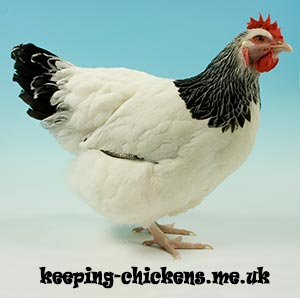

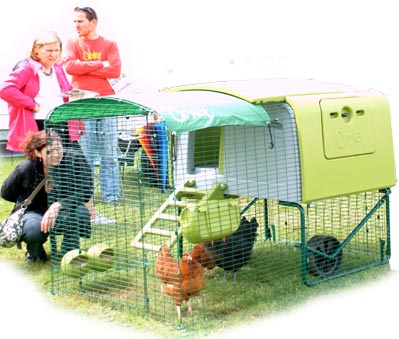
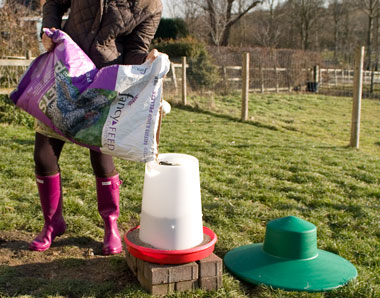

Love your List it’s really nice
Hi there, I’m really looking to get reasonably reliable regular egg production over the longest period possible. So I see from one of your earlier answers that a pure breed lays for longer, any idea which breeds lay for the longest?
I don’t really want to be killing and eating the ones that are no longer laying either, so I guess they are just unproductive pets from then on, is that right?
Yes, as they age, they slow down and the quality of the shell and the whites deteriorates. Eventually they will stop laying.
I have Light Sussex that are still laying a few eggs at 5-6 years old. It’s the high production commercial hybrids that produce 300 or so eggs per year that usually lay really well for a couple of years but then fade after that and rarely live past 3-4 years old.
my husband kept chickens as a lad and now at 50 is feeling the urge again! I want to make sure that they are a) easy to handle and friendly b) Fairly quiet as chickens go c) reasonable egg layers but I’d rather they laid fewer and went on for longer as I have no intention of getting rid of a chicken because she doesnt lay eggs any more, they are here for the whole of their life, like a pet, so we may as well have eggs for quite a while if poss! What breed would you recommend – or any in particular to avoid? thank you, love your site x
I would go for a hybrid hen but not high producing strains (such as the Goldline – the little brown hens you see on the front of egg boxes). Something like a Barred Plymouth Rock crossed with Rhode Island Red, called a Black Nera, Bovans Nera or Black Rock (they have various names). These should be strong / productive birds that will last a good few years.
I have 10 brown chickens and have had them for a week now but i am only getting 2-3 egg’s a day and I am new to keeping chickens is this normal or am i doing something wrong they only seem to lay the egg s in one nest box can you advise me please
Well they always have a ‘preferred’ nest box. Most people who get chickens for eggs buy point of lay hens but ‘point of lay’ is usually 16-17 weeks old and they won’t come into lay until they are 18-22 weeks old. It could be they are too young.
If they are older hens then they do slow down as they get older but also moving chickens causes stress and can stop them laying. Once a chicken stops laying, they finish a laying cycle and then you may have to wait a few months for them to start again. Hens will also stop laying when the daylight hours drop – so in the UK from mid October to mid January is normally the time for few eggs.
I would wait and let them settle in a bit longer.
I have 3 girls, two started laying last weekend. One then didn’t lay for 3 days and then the next day produced an egg with no shell. She has not laid again since then 3 days ago. The other hen has laid everyday with no problem. The third hen is a little younger so I expect her to start laying soon. There is grit in the run and they are all on layers pellets. Is there any advice you can give me on the chicken that has stopped laying after only a week into starting laying eggs. Many thanks
Be patient. She should start laying again soon.